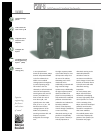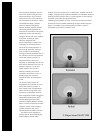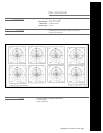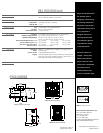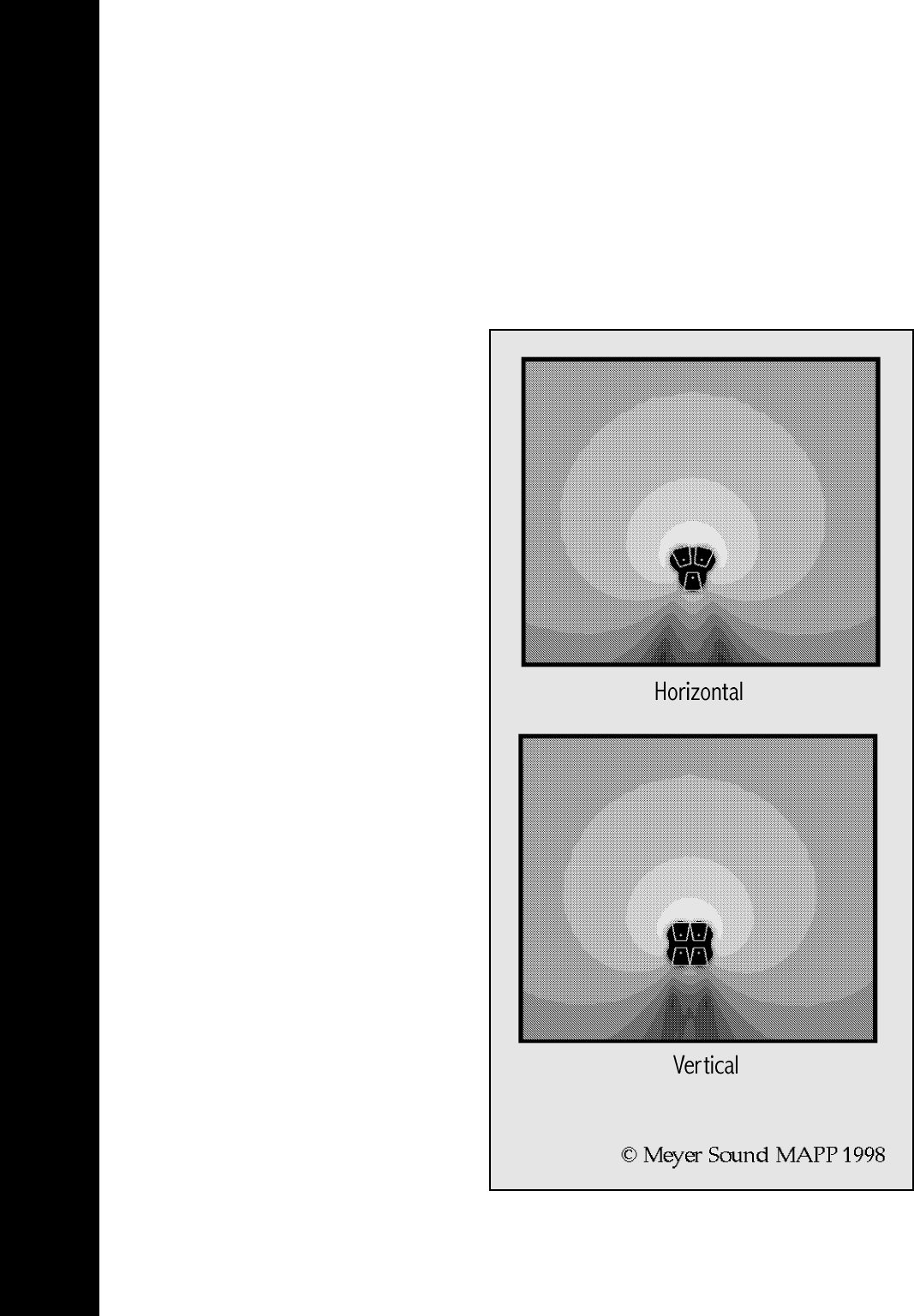
Sound pressure propagates from the
front of the speaker using four front-
loaded cone drivers and is steered
away from the rear of the cabinet by
two rear-mounted cone drivers. This is
accomplished through a complex
electrical response relationship
between multiple amplifier channels
and critical geometry between the
front and rear transducers. This phase
relationship cancels low frequency
energy in the rear lobe and is additive
in the front, resulting in higher
efficiency and greater SPL.
Recent advancement in Meyer horn
technology has afforded precision
control of the coverage patterns of
mid and high frequency sound but
precise control of low frequency
coverage remained problematic due to
the enormous size of horns needed to
control low frequency sounds. To
achieve directional control of a
frequency, its wavelength must be less
than half the diameter of the horn. For
example, control of a 30 Hz tone
would require a horn 20 feet in
diameter. Similarly, any array of
subwoofers would have to cover a
similarly large area to achieve
directional control of low-frequency
sound.
The research which lead to the
development of the PSW-6 set out to
control low frequency sound in a
much smaller space for applications
where the size of large arrays were
impractical or impossible. Research
done using Meyer Sound’s own Source
Independent Measurement (SIM
®
),
and the Multipurpose Acoustical
Prediction Program (MAPP™) allowed
Meyer to create exceptionally accurate
computer models of low frequency
speaker interaction. Out of this
experimentation the PSW-6 was born.
The PSW-6 can be equipped to
operate with the Remote Monitoring
System (RMS
™
) network which
displays critical system data such as temperature, amplifier and driver
voltages, clipping and input polarity information on a Windows based PC
allowing the front-of-house mixer or system engineer to ensure proper
operation of the PSW-6 during performances.
Combining several PSW-6s in a line or arch array increases the power
potential of the system while maintaining the tight cardioid response
pattern. The PSW-6 can be incorporated into an MSL-4 or MSL-6
loudspeaker system with a standard LD-1A.



